Fall Planting Strategies for Commercial Landscapes in Illinois: Maximizing Establishment and Long-Term Success

For Illinois landscapers, municipalities, and large scale property managers, September marks the beginning of one of the most productive planting windows of the year. Cooler nights, consistent soil warmth, and reduced transplant stress create ideal conditions for establishing trees and shrubs that will thrive for decades. For commercial projects from municipal streetscapes to corporate campuses a smart fall planting strategy can ensure not just survival, but rapid growth and long-term value.
Why Fall Planting Works in Illinois
Fall offers unique advantages for commercial plantings. By September, the intense summer heat has subsided, yet soil temperatures remain warm enough to stimulate root growth well into November. This allows new plantings to develop strong root systems before winter dormancy, giving them a head start when spring arrives. For northern Illinois, the prime planting window often runs from mid-September to late October. In central and southern Illinois, it can extend into November, depending on weather patterns.
Best Tree and Shrub Choices for Fall
Fall is an excellent time to install:
- Native shade trees: Bur Oak, Red Oak, Kentucky Coffee Tree, and Hackberry.
- Ornamental trees: Serviceberry, Redbud, and certain Maples like Autumn Blaze®.
- Hardy shrubs: Viburnum, Ninebark, and native Dogwoods.
Container-grown and balled-and-burlapped (B&B) stock both perform well in fall, though container-grown plants may establish slightly faster.
Wholesale Handling and Delivery Best Practices
For large projects, proper logistics are critical:
1. Schedule deliveries strategically to minimize time in holding yards.
2. Store root balls in shaded, wind-protected areas if planting cannot occur immediately.
3. Water daily until installation to maintain optimal moisture.
4. Use palletized or bundled loads for faster offloading and reduced handling damage.
Soil Preparation and Planting Techniques
● Ensure planting holes are 2–3 times the root ball width but no deeper than the root flare.
● Backfill with native soil unless poor drainage or contamination requires amendment.
● Use mulch rings to regulate soil moisture and temperature, but avoid contact with the trunk.
● Stake only if necessary, and remove stakes within one year.
Irrigation and Establishment
Fall plantings still require consistent watering until the ground freezes. A slow soak once or twice per week is often ideal. Moisture meters can help crews avoid over- or under-watering.
Municipal and Contractor Tips
For public bids or large developments, include fall planting specifications in contracts from acceptable root ball conditions to post-installation inspections. This ensures consistent quality from multiple crews or subcontractors. With the right plant choices, handling, and irrigation plan, fall can be your most efficient planting season. Contact Woody’s Plant Nursery today to secure your fall wholesale tree and shrub orders, arrange delivery schedules, and set your commercial project up for lasting success.

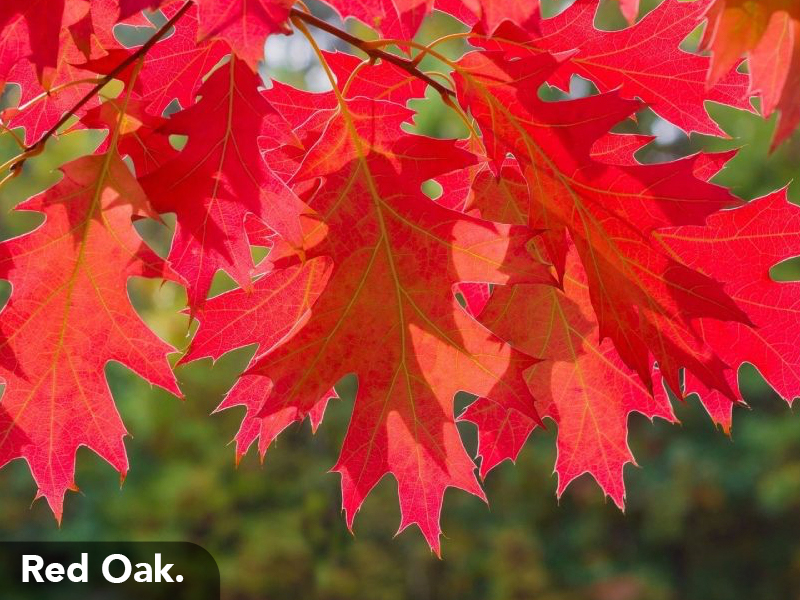
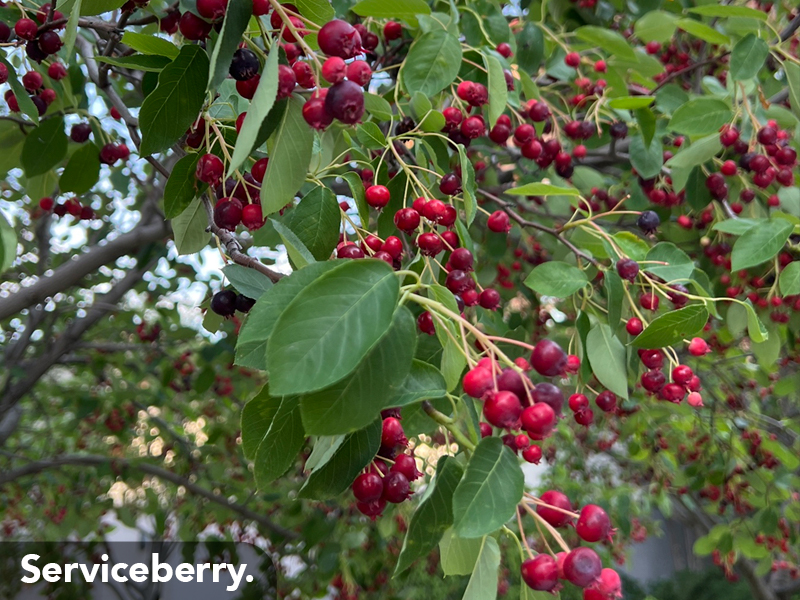
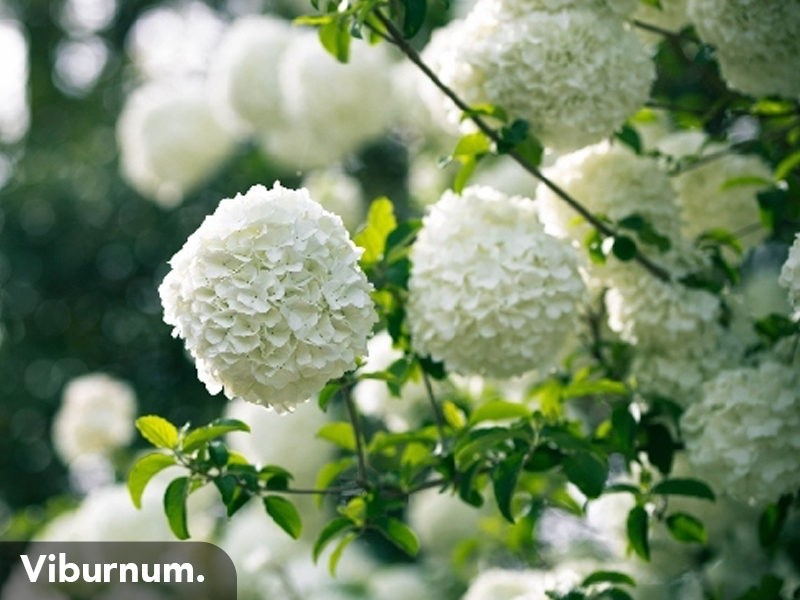
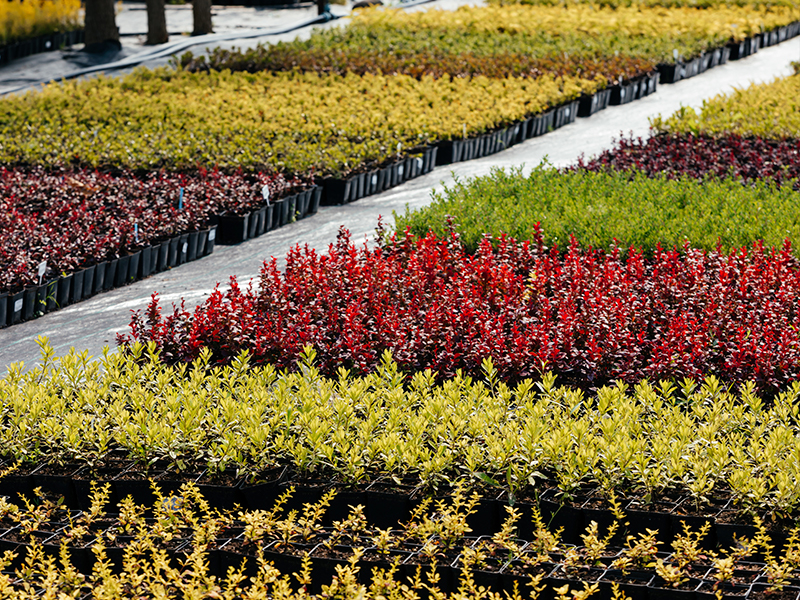
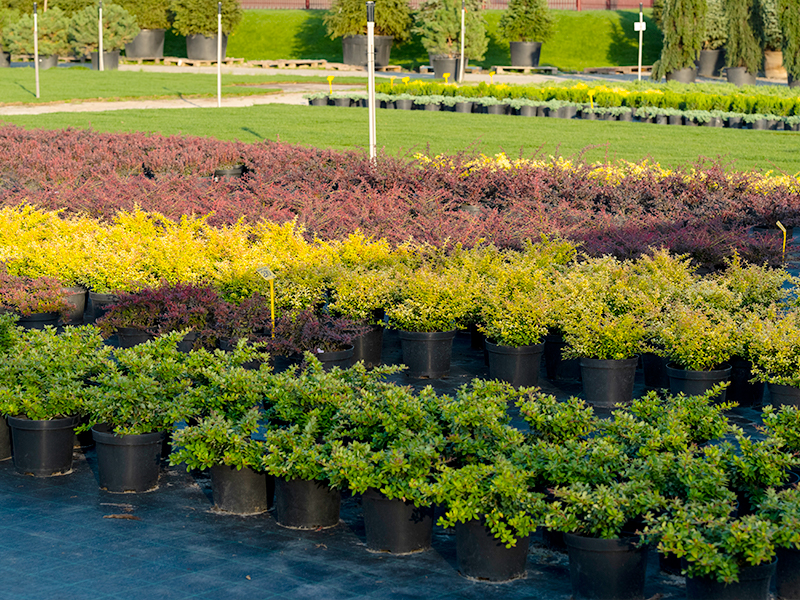
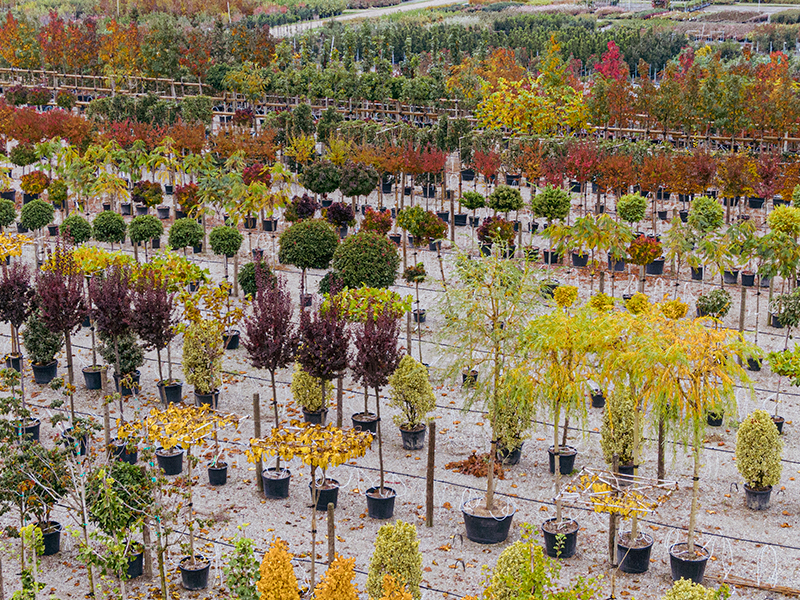
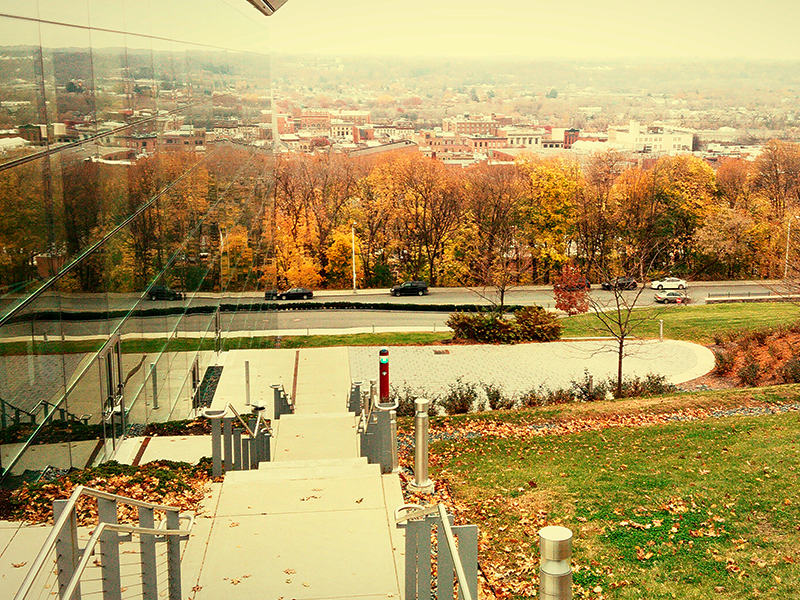

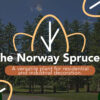



Leave a Reply